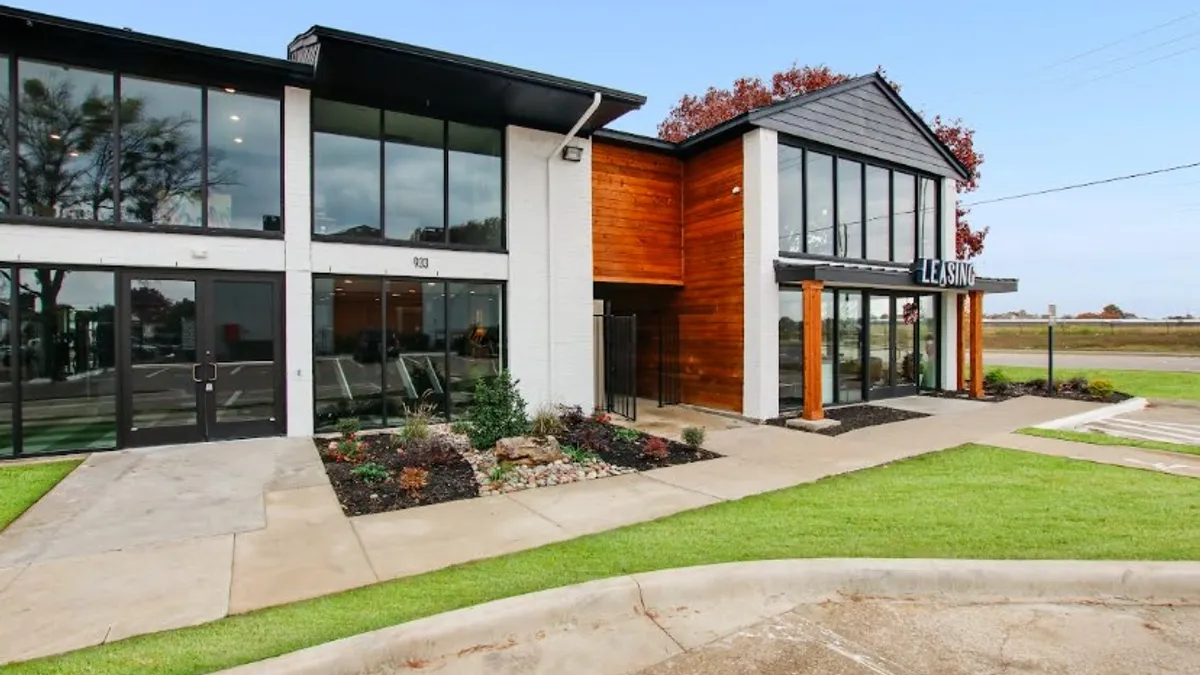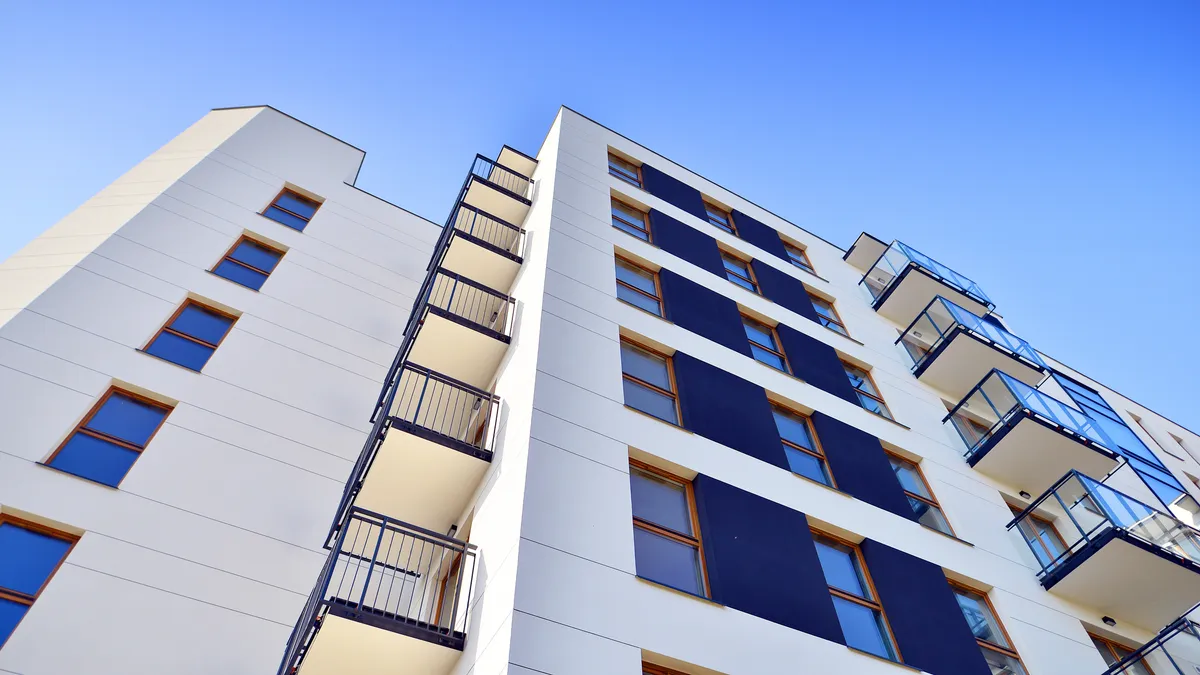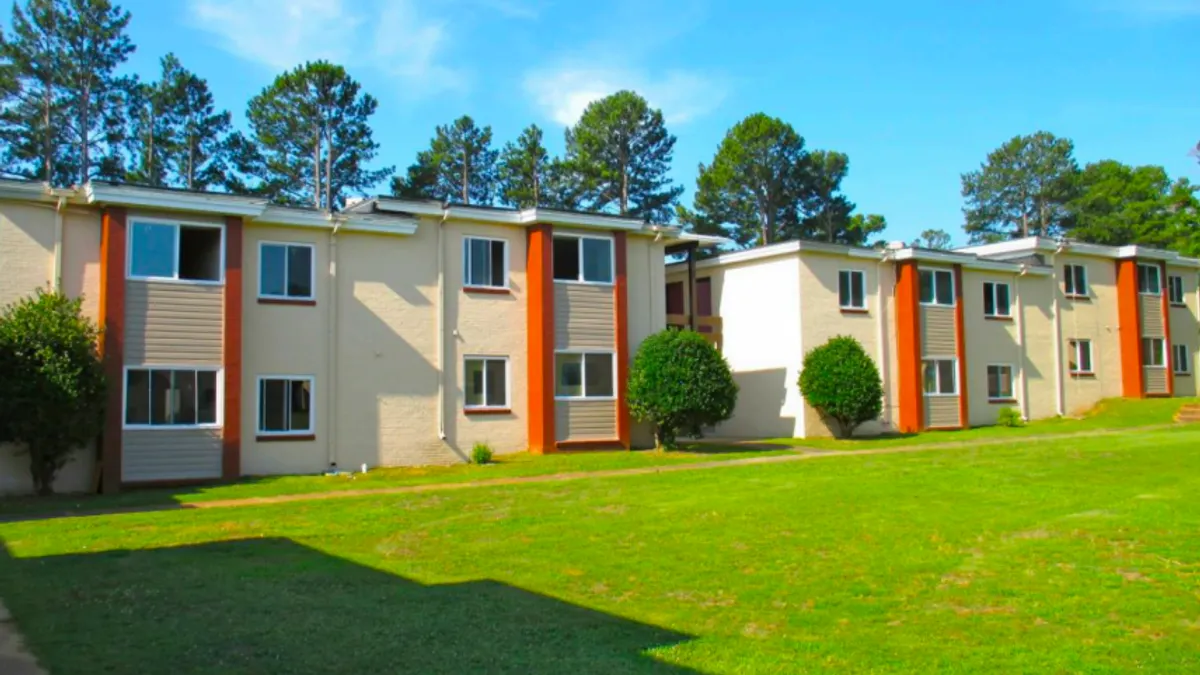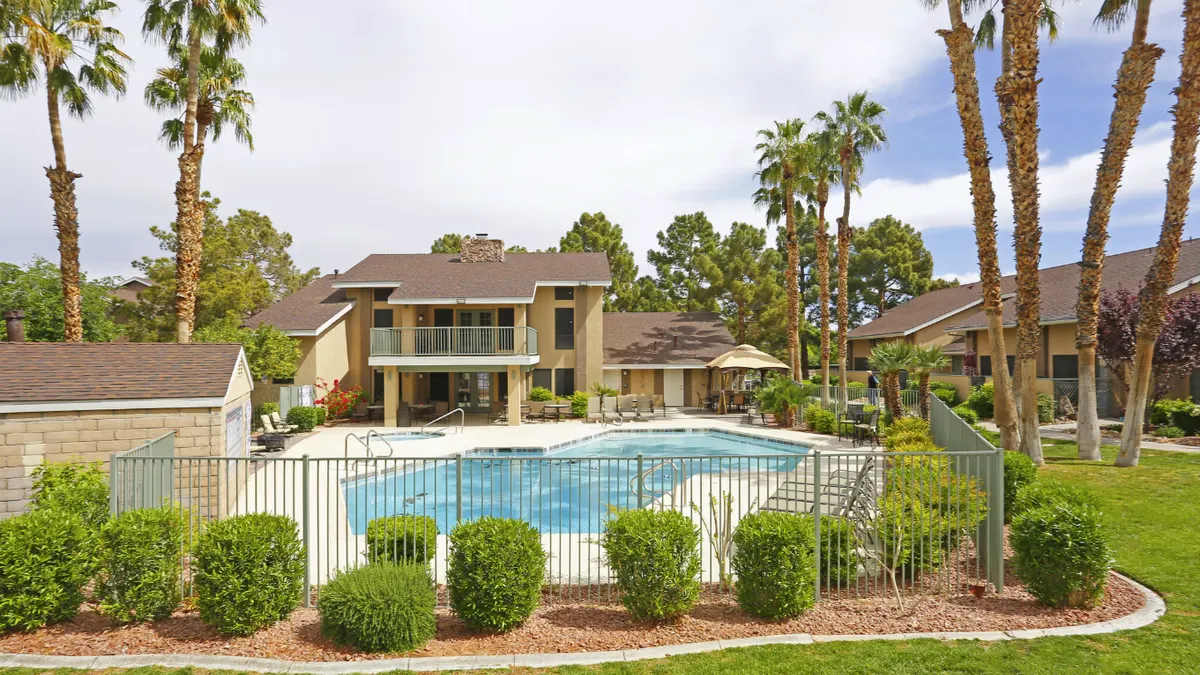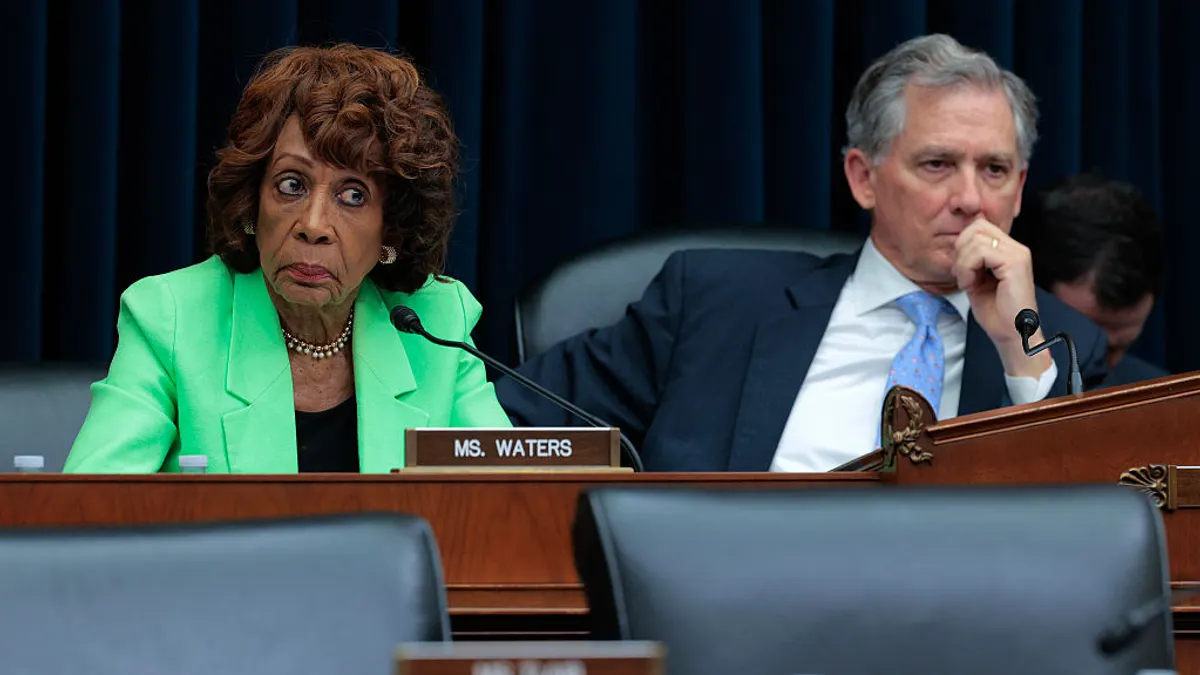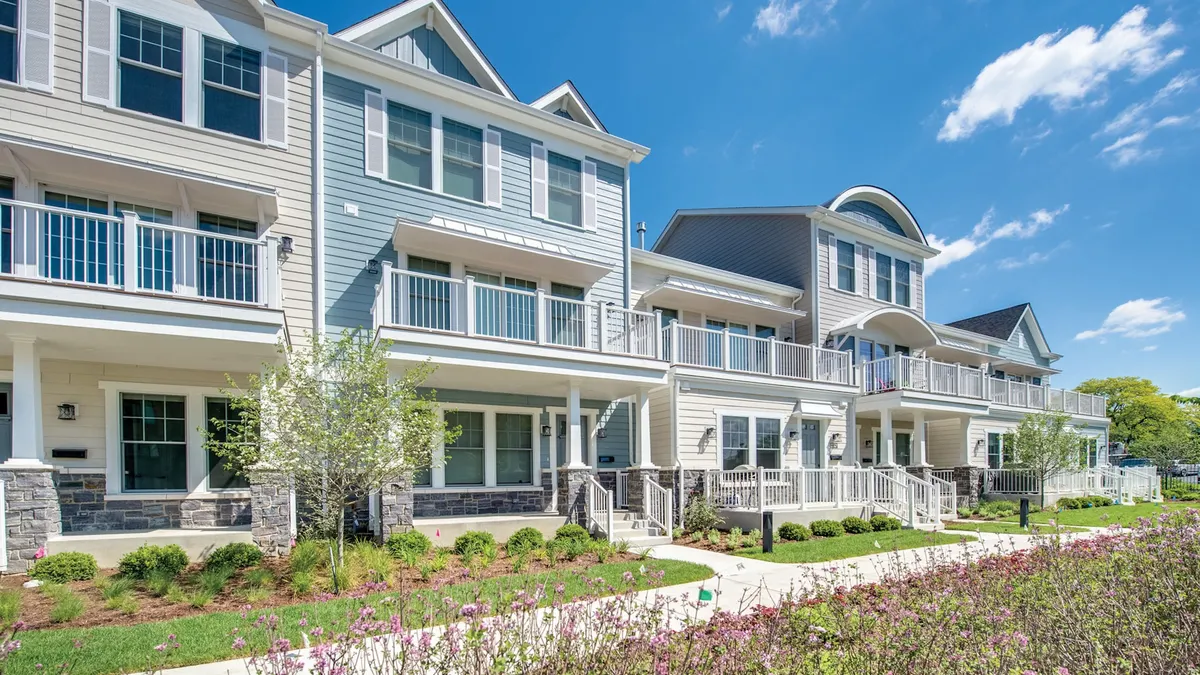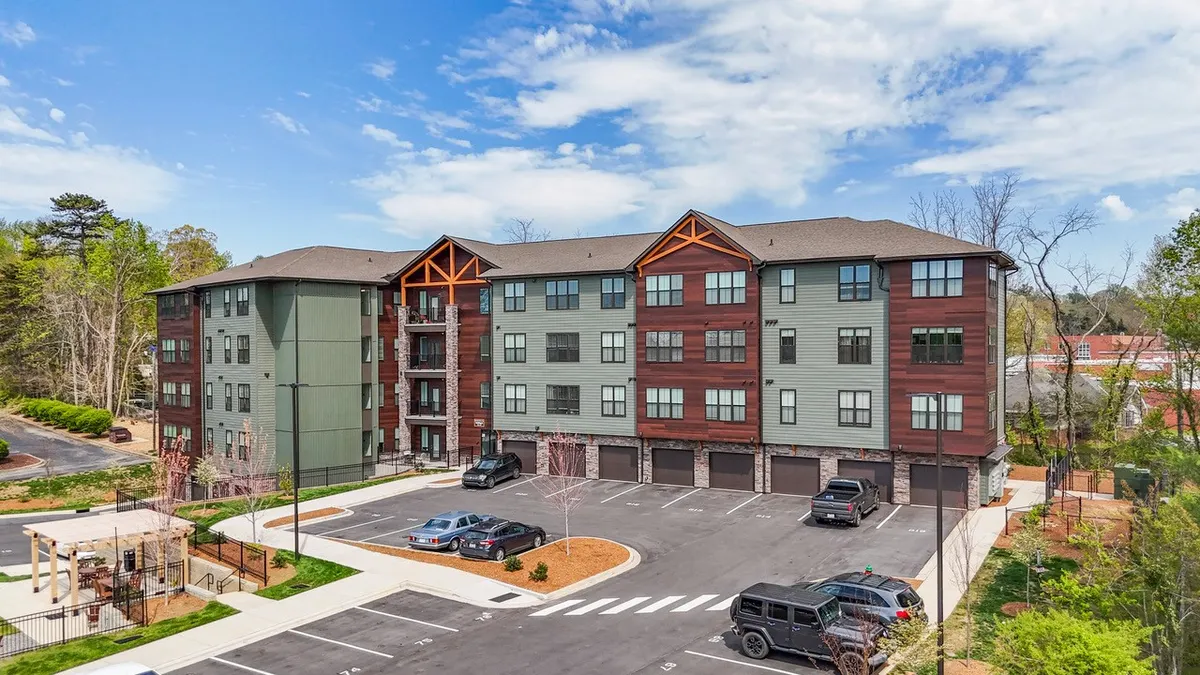For years, apartment investors viewed coastal cities as safe havens in rocky times. While it was easy to permit and build in Sun Belt markets, they knew supply would be muted in coastal markets with limited available land and onerous approval processes.
But after seeing an influx of people and jobs over the past decade, some argue there is now a level of safety in some non-coastal Southern markets, like Dallas. One of those people is Shakti C'Ganti, founder and CEO of apartment owner and operator Ashland Greene. He is a strong advocate for his company’s home base of Dallas-Ft. Worth, where he owns roughly 5,300 units.
“We have a very diverse employer base, and we're not dependent on one specific sector like oil and gas or healthcare,” C'Ganti said. “And, we still have companies that are moving here. Goldman Sachs is going to be moving here. Caterpillar just announced a little while ago that they're moving here. So, we still have to house all these employees.”
Here, C'Ganti talks with Multifamily Dive about slowing rent growth, sluggish sales and expanding to other markets.
This interview has been edited for brevity and clarity.
MULTIFAMILY DIVE: DFW has had strong rent growth, like many metros. But it also has the largest supply pipeline in the country. Does that concern you?
SHAKTI C'GANTI: People always put an asterisk next to DFW and say, “The one thing we want to watch with DFW is the supply.” We can keep building and building and building. But if you look at the metrics, which are pretty compelling, we still are undersupplied.
And the cost of construction is still an issue that can limit supply. Lumber is now below $500. Even if lumber is down, labor, concrete and steel will go up. So the cost to build isn't getting any lower. That is a factor when developers are projecting their assumptions and returns.
Are you seeing slowing rent growth in the DFW metro?
DFW continues to grow. I think what we're seeing is a slowing pace of growth. In the last 12 or 18 months, give or take, there has been double-digit rent growth. We're not seeing double-digit growth anymore. We're still increasing but we're doing it at a decreasing rate — almost like a flattening out of rents.

DFW also happened to be No. 1 in 2021 in terms of multifamily sales volume — for the first time ever. It surpassed New York City. It is not going to be the darling every single year, but it's going to be in the top five every year and it's going to do that consistently.
Do you see transactions cooling in DFW and around the country?
I don't think you're going to see a huge dropoff in terms of pricing in DFW but you will see fewer transactions in 2023. In large part, that's because the cost of capital is getting more expensive. Obviously, the cost of capital is a major factor in how assets are priced in multifamily.
Owners can just say, “Well, we don't need to sell, we're still enjoying good rent growth and cash flow, and we'll just wait for interest rates to start going back down again. Then we can reconsider a sale in 2024.”
Who will be the sellers?
The folks you will see selling are people with interest rate caps that they purchased two or three years ago. They don't have the money to repurchase an interest rate cap. You also might have undercapitalized sponsors that are out of state and using third-party management selling. They've already done well because they bought right in 2018 and hit a 15% internal rate of return for their investors. Maybe they’ll say “Let's take the chips off the table and sell.”
Do you want to go into any other markets?
There are definitely times when I look at a product type or a market and I see what the returns are for some of these guys. But there's nothing wrong with owning one market and just really working out all of the kinks before biting off more than you can chew. We're local here, obviously, and we're vertically integrated with our property management and construction management.
I think we'll probably start looking outside of this market. We're raising a new fund next year, which will get us to about 8,000 units. That will be for DFW and 30 miles out of the core central business district — in the path of progress markets.
These path of progress markets will come first for us before we start going outside of DFW. If we do go outside of DFW, it will be in that Austin to San Antonio pocket. We just love that whole innovation corridor. We feel like so much job growth and money is going into those areas. So it will be very organic.
Click here to receive multifamily and apartment news like this article in your inbox every weekday.


